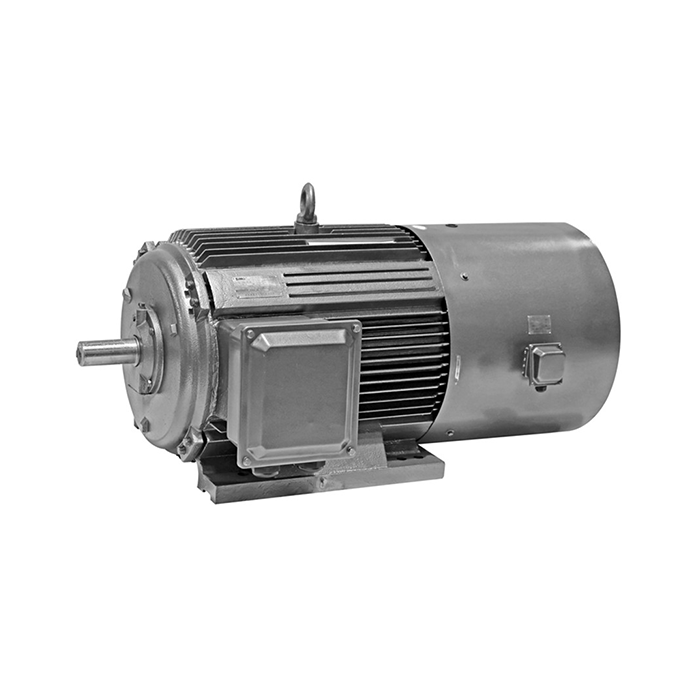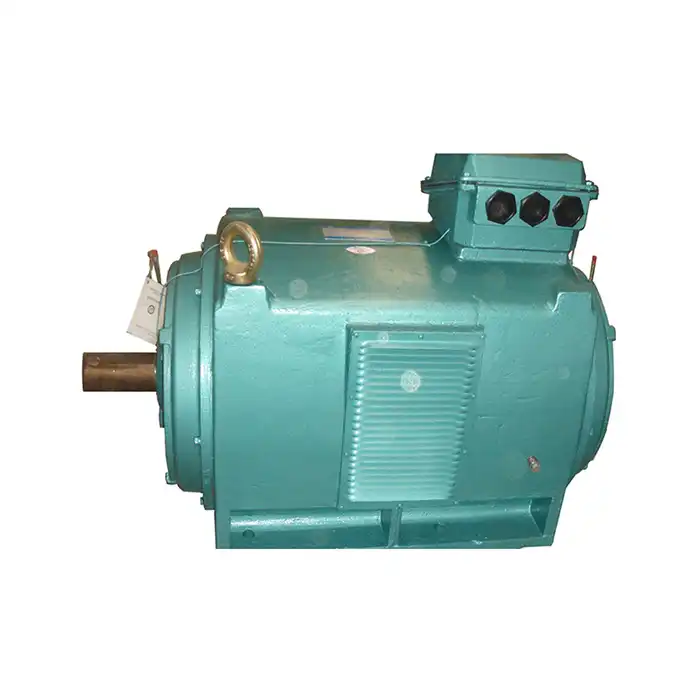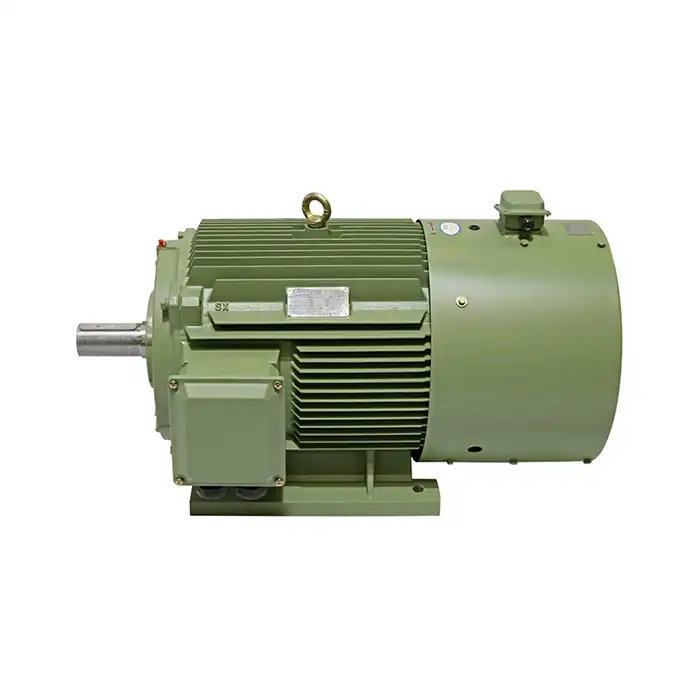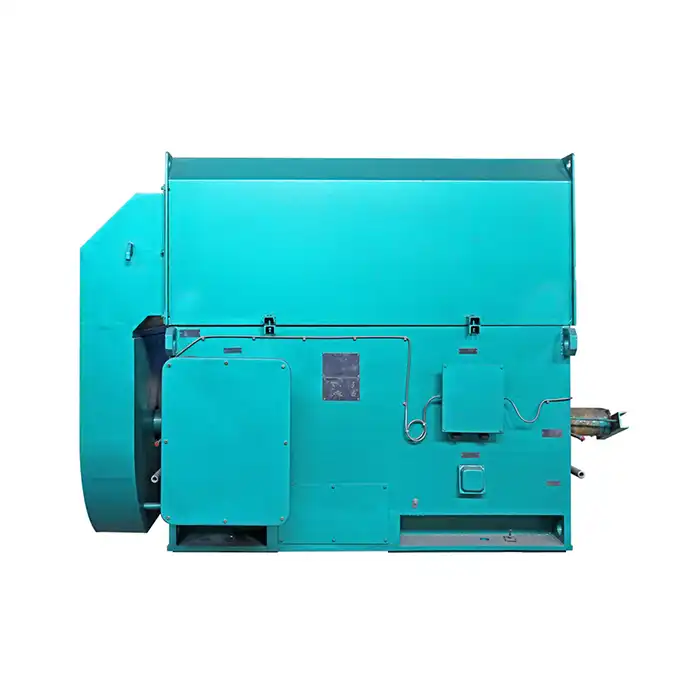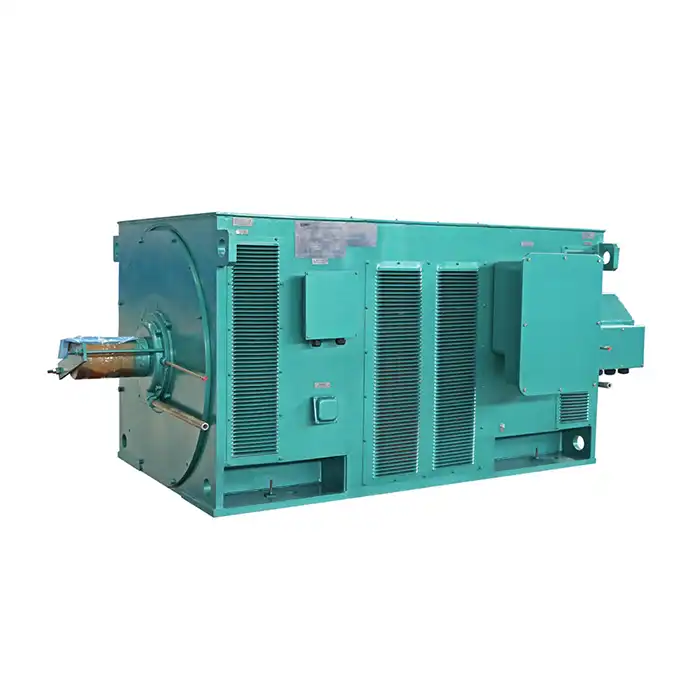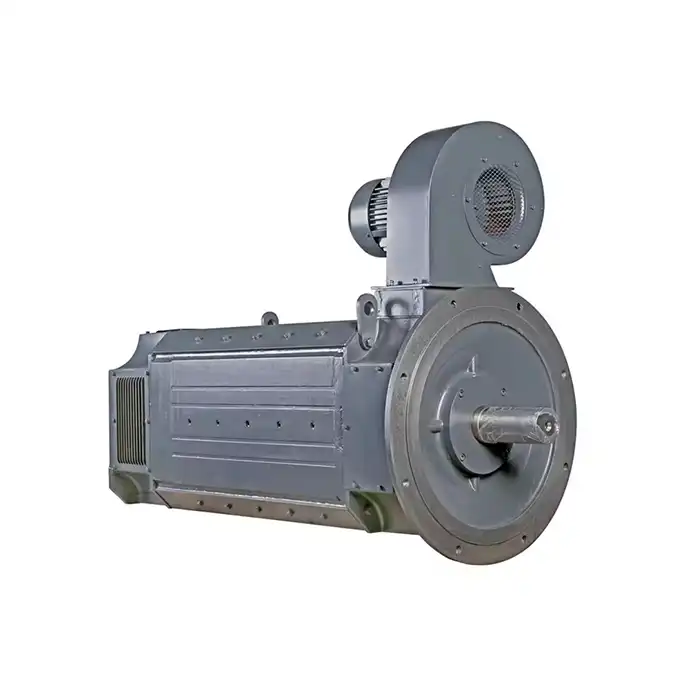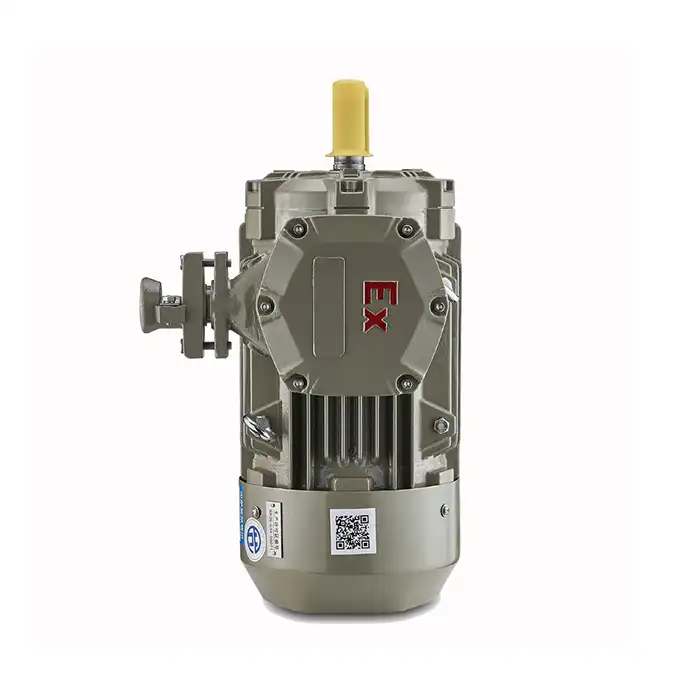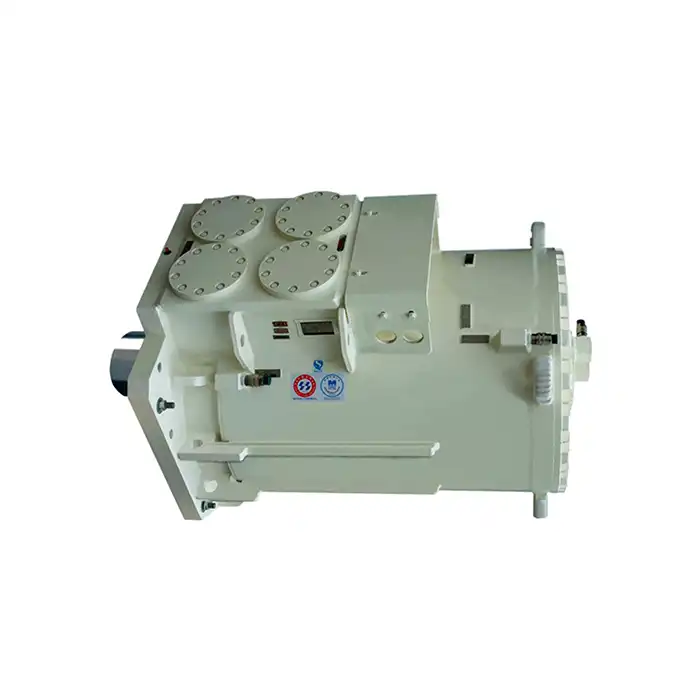Precision Control: Variable Speed Drive Integration
One of the primary ways IEC low voltage motors enhance manufacturing efficiency is through their compatibility with variable speed drives (VSDs). This integration allows for precise control over motor speed and torque, which is crucial in many manufacturing applications.
Optimizing Production Line Speeds
Integrating variable speed drives (VSDs) with IEC low voltage motors enables manufacturers to precisely regulate production line operations. This flexibility is critical in industries where processes must adapt to varying loads, product types, or batch sizes. For example, conveyor belts can be adjusted to run faster during peak production and slower during delicate handling phases, preventing bottlenecks and ensuring smooth material flow. Synchronization of multiple motors within large, interconnected systems also becomes easier, allowing consistent coordination across production stages. In addition, the ability to instantly adjust to fluctuating demand helps manufacturers maximize throughput while avoiding unnecessary energy consumption.
Enhancing Product Quality
Product quality in manufacturing often depends on consistent and controlled motor performance. With VSD integration, IEC low voltage motors maintain precise and stable speeds, which is essential in processes such as textile weaving, paper production, or food packaging. In these applications, even slight variations in speed can cause defects, uneven textures, or improper sealing. By ensuring uniform speed, manufacturers can maintain tight tolerances and reduce the risk of waste or rework. The result is not only higher quality output but also greater reliability, as consistent motor control provides confidence that every product meets required standards.
Reducing Mechanical Stress
Variable speed drives offer the advantage of soft starting and controlled acceleration, which significantly reduces mechanical stress on equipment. Instead of exposing the motor and connected machinery to sudden surges of torque, VSDs allow a gradual increase in speed, protecting gears, belts, and bearings from premature wear. This smoother operation helps extend the overall service life of the equipment and minimizes vibration-related damage. In addition, lower mechanical strain translates to reduced maintenance frequency and fewer unexpected breakdowns, which keeps production lines running reliably. By minimizing stress, manufacturers save on repair costs and improve overall operational efficiency.
Downtime Reduction: Predictive Maintenance Strategies
IEC low voltage motors, when combined with modern monitoring technologies, enable effective predictive maintenance strategies. This approach can significantly reduce unplanned downtime and improve overall manufacturing efficiency.
Real-Time Performance Monitoring
Advanced sensors and monitoring systems can be integrated with IEC low voltage motors to provide real-time data on:
- Motor temperature
- Vibration levels
- Current draw
- Operating hours
This information allows maintenance teams to identify potential issues before they lead to failures.
Predictive Analytics for Maintenance Planning
By analyzing historical data and current operating conditions, predictive maintenance software can:
- Forecast potential motor failures
- Schedule maintenance during planned downtime
- Optimize spare parts inventory
Condition-Based Maintenance
Rather than relying on fixed maintenance schedules, condition-based maintenance uses real-time data to determine when service is actually needed. This approach can:
- Reduce unnecessary maintenance activities
- Extend the lifespan of motor components
- Minimize the risk of unexpected failures
Energy Management: Smart Factory Motor Solutions
IEC low voltage motors play a crucial role in smart factory energy management strategies, contributing to both cost savings and environmental sustainability.
Intelligent Load Management
Smart motor control systems can optimize energy consumption by:
- Adjusting motor output based on actual load requirements
- Implementing soft start and stop functions to reduce energy spikes
- Coordinating multiple motors to balance loads efficiently
Energy Consumption Monitoring
Integrated energy monitoring capabilities allow manufacturers to:
- Track energy usage patterns across different production lines
- Identify opportunities for energy savings
- Comply with energy efficiency regulations and reporting requirements
Power Quality Improvement
IEC low voltage motors equipped with advanced control systems can contribute to improved power quality by:
- Reducing harmonic distortion
- Improving power factor
- Minimizing voltage fluctuations
Regenerative Braking Systems
In applications involving frequent starts and stops, regenerative braking systems can be used with IEC low voltage motors to:
- Recover energy during deceleration
- Feed recovered energy back into the power system
- Reduce overall energy consumption
Conclusion
IEC low voltage motors are proving to be valuable assets in the quest for improved manufacturing efficiency. Through precision control, predictive maintenance capabilities, and smart energy management features, these motors are helping manufacturers optimize their operations, reduce downtime, and manage energy consumption more effectively.
As manufacturing processes continue to evolve and become more complex, the role of IEC low voltage motors in enhancing efficiency is likely to grow. By leveraging the capabilities of these motors, manufacturers can position themselves for success in an increasingly competitive global market.
Are you looking to enhance your manufacturing efficiency with high-quality power equipment solutions? Shaanxi Qihe Xicheng Electromechanical Equipment Co., Ltd. specializes in providing energy-efficient, low-consumption, and stable power equipment for various industries, including industrial automation, HVAC, energy utilities, and more. Our team is dedicated to solving pre-sales, after-sales, and technical issues promptly. To learn more about how our IEC low voltage motors can benefit your specific application, please contact us at xcmotors@163.com. Let us help you optimize your manufacturing processes and drive your business forward.
FAQ
1. What is the voltage range for IEC low voltage motors?
IEC low voltage motors typically operate in the range of 220-690V, making them suitable for a wide variety of industrial applications.
2. How do IEC low voltage motors contribute to energy efficiency?
These motors are designed to meet high efficiency standards, often achieving IE4 efficiency class ratings. When combined with variable speed drives and smart control systems, they can significantly reduce energy consumption in manufacturing processes.
3. Can IEC low voltage motors be used in harsh industrial environments?
Yes, many IEC low voltage motors are designed with robust protection classes, such as IP55 or higher, making them suitable for use in dusty or moist environments commonly found in industrial settings.
References
1. International Electrotechnical Commission. (2021). "IEC 60034-30-1: Rotating electrical machines - Part 30-1: Efficiency classes of line operated AC motors."
2. Smith, J. et al. (2020). "Advancements in Predictive Maintenance for Industrial Motors." Journal of Manufacturing Technology, 45(3), 256-270.
3. Johnson, M. (2019). "Energy Management Strategies in Smart Factories." Industrial Energy Efficiency Quarterly, 22(2), 78-92.
4. Lee, K. and Park, S. (2022). "Integration of IEC Low Voltage Motors with Industry 4.0 Technologies." Automation and Control Systems, 17(4), 412-428.
5. Brown, R. (2021). "Variable Speed Drive Applications in Modern Manufacturing." Electric Motor Engineering Review, 33(1), 45-59.
6. Zhang, L. et al. (2023). "Comparative Analysis of Motor Efficiency Standards: IEC vs. NEMA." Energy and Power Engineering Journal, 11(2), 189-205.



